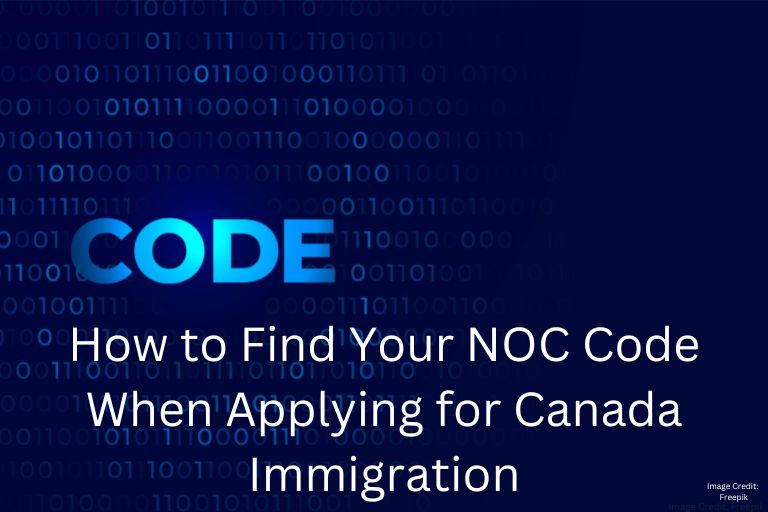When immigrating to Canada for an employment opportunity or as a skilled worker, you will at some point need to determine your occupation’s National Occupational Classification (NOC) code. Immigration, Refugees and Citizenship Canada uses the National Occupational Classification (NOC) system to evaluate your ability to immigrate. It also assists you in getting a work permit in Canada.
The National Occupational Classification (NOC) is Canada’s standardized form of grouping and categorizing occupations based on several criteria such as:
- Job title;
- Lead statement;
- The type of work that is performed;
- Duties and responsibilities; and
- The qualifications needed to perform the work.
One of the amazing things about this NOC system is that every occupation has a code in Canada, and you can tell a lot about the job just by analyzing its code.
How to Find Your Occupation’s NOC Code
Every job in Canada is assigned a code. The best way to find your code is by looking on the Canadian government website.
Finding the right NOC code is very important. If you apply for a visa with the incorrect NOC, your application might get denied.
On November 16, 2022, IRCC will be switching to the 2021 version of the National Occupational Classification (NOC).
This means that:
- The current NOC 2016 skill type and skill level structure (NOC 0, A, B, C, and D) will be replaced with a 6-category system representing the training, education, experience, and responsibilities (TEER) needed to work in an occupation.
- 4-digit occupation codes will become 5-digit codes.
- IRCC will update the eligibility criteria for all programs that use the NOC.
|
Skill type or level |
TEER category |
|
Skill type 0 |
TEER 0 |
|
Skill level A |
TEER 1 |
|
Skill level B |
TEER 2 and TEER 3 |
|
Skill level C |
TEER 4 |
|
Skill level D |
TEER 5 |
Here is what each TEER means:
|
TEER 0 |
Management occupations |
Advertising, marketing and public relations managers Financial managers |
|
TEER 1 |
Occupations that usually require a university degree |
Financial advisors Software engineers |
|
TEER 2 |
Occupations that usually require
|
Computer network and web technicians Medical laboratory technologists |
|
TEER 3 |
Occupations that usually require
|
Bakers Dental assistants and dental laboratory assistants |
|
TEER 4 |
Occupations that usually require
|
Home child care providers Retail salespersons and visual merchandisers |
|
TEER 5 |
Occupations that usually need short-term work demonstration and no formal education |
Landscaping and grounds maintenance labourers Delivery service drivers and door-to-door distributors |
When searching for your NOC code at the government site, make sure to:
- Search using keywords such as your job title.
- Check that the lead statement matches your job description and duties.
- Pay close attention to the NOC exclusions also.
- If your occupation seems to match a certain NOC code but also matches one of the NOC codes listed as an exclusion, you may not claim that occupation.
- Once you find the correct NOC code, you will need to prove that it is accurate by providing reference letters from your past employers.
Based on the skill type, you are eligible for:
– Express Entry: If you are in a group of skill types 0, A, or B.
– Atlantic Immigration Pilot: If your work experience is a skill type/level of 0, A, B, or C.
What’s Next?
We hope that you understand the NOC system as well as the importance of choosing the correct NOC when applying for Canadian immigration. To get the bigger picture, contact us today and we’ll put you in touch with our experienced Canadian immigration consultant who will help you find your options and make your process of moving to Canada seamless and faster.
Reach us at info@dasturimmigration.com now!

